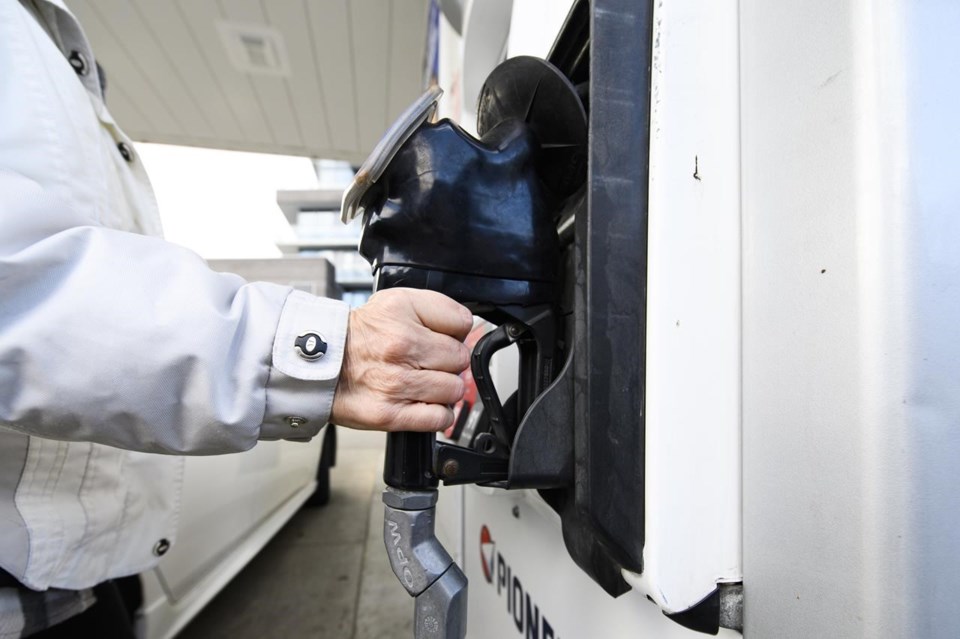TORONTO — Drivers in Eastern Canada are going through sticker shock at the pumps, as prices jumped roughly 10 cents per litre overnight in regions such as Ontario, according to GasBuddy.
Gasoline price increases during the spring season are quite normal, said Patrick De Haan, head of petroleum analysis at GasBuddy.
"Much of the areas of Eastern Canada have made the jump over to more expensive summer gasoline (in the last 72 hours)," he said in an interview. "The increased cost is due to the switchover."
In Quebec, gas is up roughly 12 cents per litre, New Brunswick saw a five-cent hike while Nova Scotia saw a slight bump of three cents per litre, De Haan said.
Winter gas is cheaper than summer blends because it has higher butane levels — an inexpensive but volatile element which lowers the cost of fuel, De Haan explained.
The cost of producing summer gas typically adds between five and 10 cents per litre. Refineries are required by law to switchto blends with lower butane for the summer — since gasoline evaporates faster in warmer temperatures, causing smog and other environmental harms.
"(The switch) requires the refiners to retreat their process," said Roger McKnight, chief petroleum analyst at En-Pro International Inc.
"It's an expensive process and the cost has been transferred onto the consumer in the form of a higher pump price."
This year, however, the jump is bigger than average price increases in the past few years — with 2022 being an outlier because of the Ukraine-Russia war, McKnight said. The average increase in the last decade has been between six and seven cents, he added.
"It's because the U.S. refining system hasn't recovered from its maintenance period," he said. "The refiners are not back at that full tilt, ready for the summer driving season."
U.S. refineries are running at 88 per cent capacity, instead of the usual 95 per cent at this time of the year, he said, adding to supply pressures.
Meanwhile, Western Canada is not experiencing the same level of gas price hikes. De Haan says gasoline suppliers across Canada vary, resulting in different timelines for switching to the summer blends.
"Much of Western Canada, which is tied to the U.S., has already made the switch to summer gasoline," he said.
He added western provinces didn't experience sticker shock at the time of the switch because they were not getting as much of a discount from the winter blend as their eastern counterparts.
De Haan said springtime gas price hikes are not the result of higher carbon taxes which came into effect on April 1 or the ongoing conflicts in the Middle East that have affected global oil prices.
Prices will begin to fall between late May and July, a pattern seen every year, De Haan said.
This report by The Canadian Press was first published April 18, 2024.
Ritika Dubey, The Canadian Press




